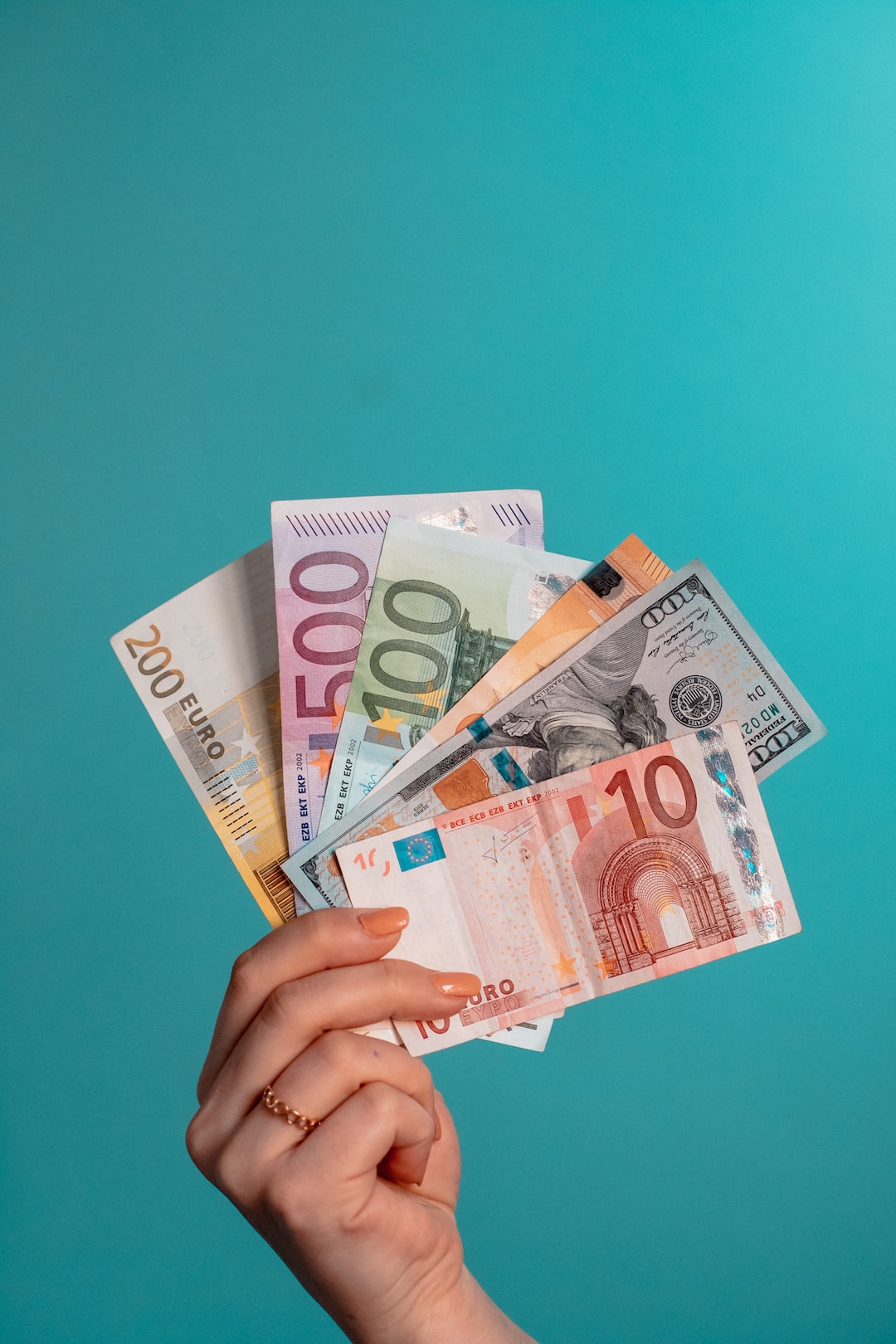The Psychology Behind Impulse Spending and How to Overcome It
Have you ever walked into a store with a specific shopping list and ended up leaving with more items than you intended? Or perhaps you’ve found yourself making impulsive purchases online, only to later regret them? If so, you’re not alone. Many individuals struggle with impulse spending, often driven by various psychological factors. Understanding the underlying psychology behind impulse spending can help you gain control over your spending habits and make more mindful purchasing decisions. In this blog post, we will explore the psychology behind impulse spending and provide some strategies to overcome it.
Firstly, it is important to recognize that impulse spending is often driven by emotional factors. We live in a consumer-oriented society that bombards us with advertisements and seductive marketing strategies, often targeting our emotions. Advertisers know how to trigger our desire for instant gratification, making us believe that buying a certain product will make us happier, more successful, or more attractive. They tap into our insecurities and desires, exploiting our vulnerability to impulse buying.
Additionally, our emotional state can greatly influence our spending behavior. Many people engage in retail therapy as a way to cope with negative emotions such as sadness, stress, or boredom. The act of shopping and acquiring new things temporarily boosts their mood and provides a sense of control or escape. However, this momentary relief often results in long-term regret once reality sinks in.
Another psychological factor that contributes to impulse spending is the phenomenon of “FOMO” or the Fear Of Missing Out. Seeing others enjoying certain possessions or experiences can trigger a psychological response that makes us feel like we need to have those things as well. This fear of missing out on something exciting or exclusive can lead us to make impulsive purchases, even if we don’t necessarily need or want the item.
Now that we understand some of the psychological triggers behind impulse spending, how can we overcome it? Here are some strategies to help you regain control over your spending habits:
1. Identify your triggers: Start by identifying the emotional, situational, or environmental factors that tend to lead to impulse spending. Keep a spending journal and track your purchases for a week or two, noting the circumstances surrounding each purchase. This will help you identify patterns and better understand your triggers.
2. Delay gratification: When you feel the urge to make an impulse purchase, challenge yourself to wait at least 24 hours before making a decision. Often, after a cooling-off period, you’ll find that your desire for the item diminishes, and you can make a more rational decision based on your actual needs and priorities.
3. Set a budget and stick to it: Establish a monthly budget for discretionary spending and make a detailed plan for how you will allocate your funds. This will help you avoid overspending and think twice before making impulsive purchases. Consider using cash or a debit card instead of credit cards to limit your spending.
4. Practice mindfulness: Before making any purchase, pause and ask yourself why you want the item. Is it a genuine need or simply a desire driven by emotions? By cultivating mindfulness, you can become more aware of your impulses and make intentional choices that align with your values and long-term goals.
5. Find alternative coping strategies: Instead of turning to retail therapy, explore healthier ways to manage your emotions. Engage in activities that bring you joy, such as exercising, spending quality time with loved ones, or pursuing a hobby. By addressing the root causes of your emotional distress, you can reduce the impulse to spend unnecessarily.
In conclusion, impulse spending is influenced by various psychological factors, including emotional triggers, FOMO, and marketing strategies. By understanding these influences, we can develop strategies to overcome impulse spending. By identifying our triggers, delaying gratification, setting a budget, practicing mindfulness, and finding alternative coping strategies, we can take control of our spending habits and make more mindful purchasing decisions. Remember, it’s not about deprivation but rather realizing that true happiness and fulfillment come from mindful consumption and living within our means.

